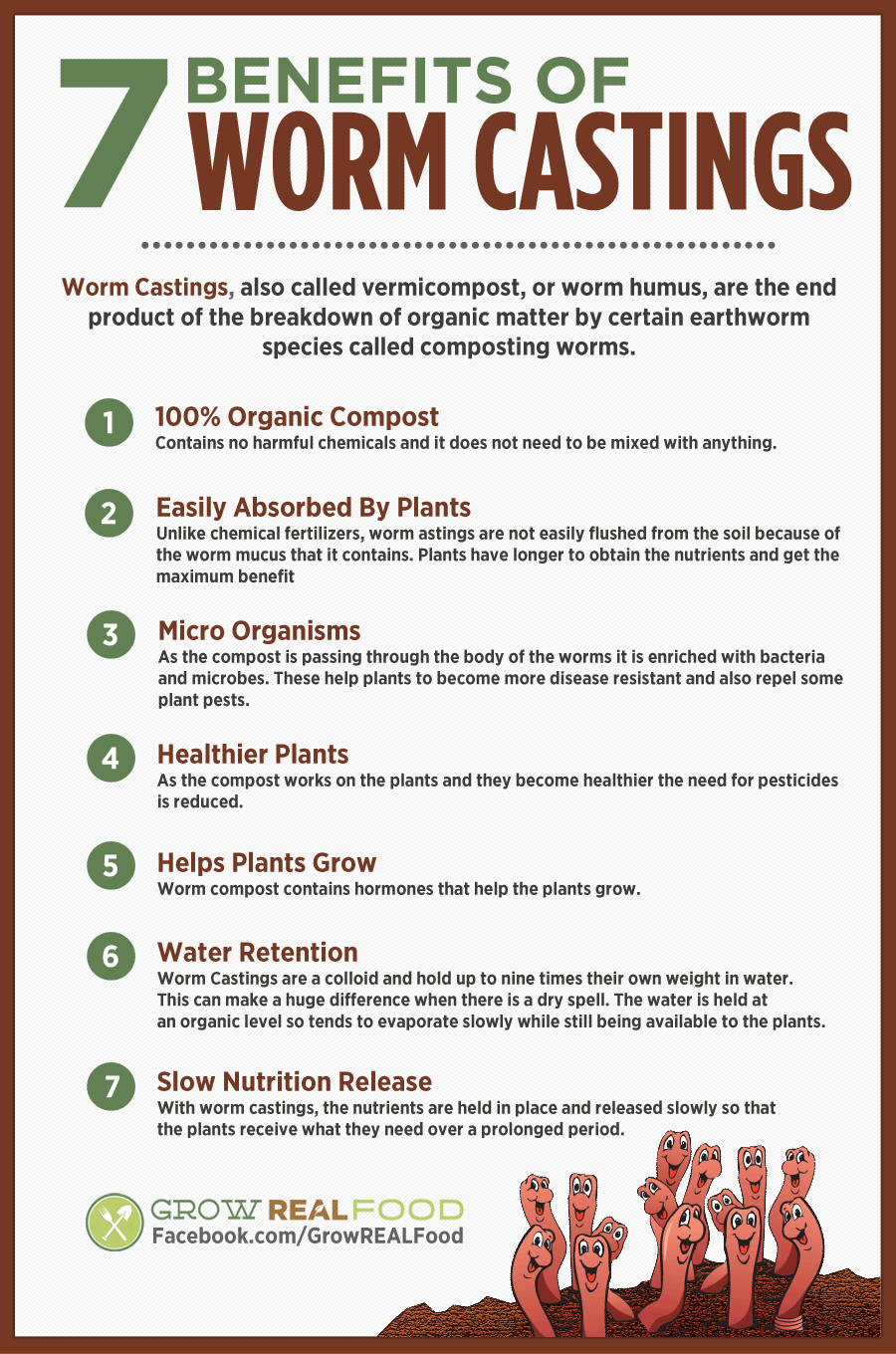Everything about North Carolina Worms
Table of ContentsA Biased View of North Carolina Worms7 Simple Techniques For North Carolina WormsWhat Does North Carolina Worms Mean?9 Simple Techniques For North Carolina Worms
Example: 1-gallon of worm spreadings to 4 gallons of potting mix. 1/2 cup in the base of the planting opening for smaller plants. 1 cup for bigger plants.
The addition of tea can additionally include enhanced microbial biomass to your dirt. You can always side-dress your plants with worm castings at any kind of time. Simply keep in mind, the microorganisms will die if revealed to UV rays (Sun), so make certain to cover the spreadings with an inch or two of soil.
This baffled them for years till the testing techniques became better. It would get much better(with even more spreadings), level off, and after that decrease. Too many worm spreadings would certainly accelerate the development to a rate that the plant can not recover from.
An Unbiased View of North Carolina Worms
I have stated the merits of worm spreadings for regarding 2000 words. Worm castings are no different. It takes time to create quality worm spreadings.
You can acquire them which leads to second. Worm castings certainly cost greater than chemical fertilizers. However, worm castings get on the less expensive end of organic fertilizers. You will certainly need to decide what is more crucial. It is easy to produce percentages of worm castings. (50 gallons each year) It is a much harder and really costly investment to produce huge quantities of worm castings (Lake James Bait).

Developing a healthy and balanced soil might be the biggest benefit of worm castings. Healthy and balanced soil was discussed and just how crucial this has become to everyone. The top 10 advantages of worm castings were additionally provided. We discussed worm castings NPK and also the correct nutrient analysis that should apply to worm spreadings.
How North Carolina Worms can Save You Time, Stress, and Money.
We chatted concerning some of the disadvantages linked with worm castings. I covered a lot of material in this short article.
The vertical burrows are commonly open, although the worms cover the leading with deposit and waste matter. The upright burrows are extremely crucial factors of entrance for quick water seepage into the dirt, particularly in no-till systems. Air-filled porosity is critical in aiding plant roots to prosper. Origins need oxygen for their growth, whereas they create carbon dioxide that needs to leave the soil.
Earthworms enhance porosity by two mechanisms: (1) by developing irreversible burrows, and (2) by boosting dirt gathering. Aggregation is improved by the blending of dirt and raw material in the earthworms' digestive tracts. North Carolina Worms. These very stable accumulations are transferred by some earthworms in their burrows, and by others at the surface of the dirt


In another study, earthworms were approximated to eat 4 to 10 percent of the leading 6 inches of the dirt yearly. Soil compaction minimizes the porosity of the dirt.
North Carolina Worms Things To Know Before You Buy
Typical earthworm populations can conveniently eat 2 heaps of completely dry matter per acre per year, partially absorbing and mixing it with soil. The significance of earthworms to mix surface area deposit with soil becomes very clear in dirts that do not have any type of earthworms. Most of our Pennsylvania soils contend least some earthworms, and the impact of their complete lack, as a result, can not be noted.
(https://fire-directory.com/gosearch.php?q=http%3A%2F%2Fwww.northcarolinaworms.com%2F)In these soils, the formation of topsoil with affordable natural issue web content did not happen, resulting in poor crop growth. When the cause was established, the government of the Netherlands started a campaign to introduce earthworms. After the introduction of the earthworms, a dark topsoil layer was formed, and crop development raised substantially.
They live largely from partly disintegrated organic matter that is currently included in the dirt. These species consume huge quantities of soil that they mix with absorbed crop residue in their intestines.
Their burrows continue to be open, although they cover the top with plant deposit that they pull to the entrance. These varieties consume considerable amounts of dirt that they mix with digested residue in their intestines. Their excrement is mainly deposited at the surface area of the soil. The nightcrawler Lumbricus terrestris is the most noticeable member of this team.